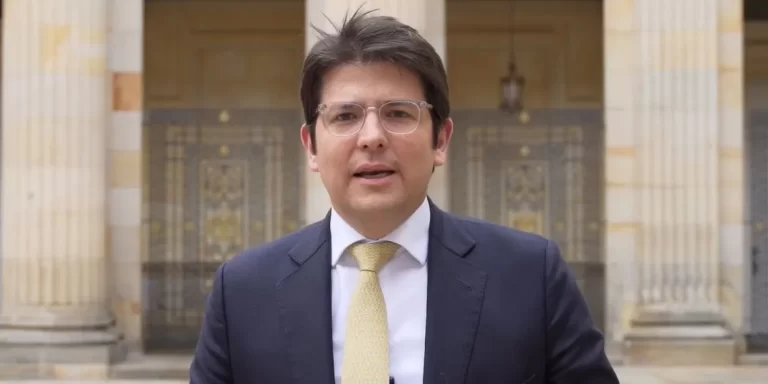[ad_1]
(Reuters) – When the moon passes directly in front of the sun on Aug. 21, casting a deep shadow across the United States, thousands of citizen scientists will be watching the eclipse while monitoring temperature changes, animal behavior and radio signals bouncing around the atmosphere.
The prospect of a total solar eclipse, the first to travel coast-to-coast in this country in nearly a century, has inspired dozens of citizen science projects involving solar physics, atmosphere and biology.
“Millions of people … can walk out on their porch in their slippers and collect world-class data,” said Matthew Penn, an astronomer with the National Solar Observatory in Tucson, Arizona.
Penn is coordinating a citizen science effort to photograph the sun’s volatile outer atmosphere, known as the corona.
The corona’s pearly light is typically obscured by the bright glare of the sun, but during a total eclipse, scientists can get a clear view of the sun’s outer crown, a mysterious region that triggers solar flares and other storms that can disrupt satellites, power grids and other systems on Earth.
The view does not last long. Because the moon is moving at more than 2,000 mph (3,200 kph), it only blocks the sun for a couple of minutes, not long enough to detect key changes in the corona.
The eclipse will cast the moon’s 70-mile wide shadow, called the “path of totality,” across the United States over 93 minutes, temporarily bringing darkness to daytime skies.
Penn’s project, called The Citizen Continental-America Telescopic Eclipse Experiment, or Citizen CATE, involves a network of volunteers who will be stationed along the path of the eclipse with identical telescopes to take digital photos of the corona. The pictures will later be spliced together into a 93-minute movie.
Citizen CATE participants require special equipment and training, but dozens of other projects are open to anyone in the path of totality with a camera or cell phone.
Google and University of California Berkley are teaming up for Eclipse Megamovie 2017, a crowd-sourced compilation of eclipse imagery.
For a project called Life Responds, the California Academy of Sciences wants field reports about how animals and plant life react during the eclipse. Using an app called iNaturalist, amateur scientists will log their observations and get help identifying flora and fauna.
“We want to collect exactly what all these animals are doing as it gets dark … what do we see, what do we hear,” said University of Missouri astronomer Angela Speck.
A number of zoos, wildlife preserves and 20 national parks are in the path of the eclipse.
Another app-driven science project is called EclipseMob, organized by George Mason University in Virginia and the University of Massachusetts in Boston. It aims collect information about radio waves passing through Earth’s ionosphere, the electrically charged outer layer of the atmosphere.
When sunlight is blocked during an eclipse, the ionosphere is suddenly transformed. Using home-built radio receivers and smartphones, participants will pick up radio waves transmitted by EclipseMob in Colorado and California and record how the signals change.
Other apps will record temperature changes and monitor clouds. The National Aeronautics and Space Administration, the American Astronomical Society and the American Association for the Advancement of Science have lists of citizen science projects on their websites.
“This is an opportunity to draw people from across the country into being fans of science,” said astronomer Speck, co-chair of American Astronomical Society’s National Total Solar Eclipse Task Force.
“The change in light is so fast and what you get to see is so amazing that even people who chase eclipses and have seen dozens of them will still be wowed by this,” Speck said. “It’s not just visual, it’s an all-over experience.”
Reporting by Irene Klotz; Editing by Toni Reinhold
[ad_2]
Source link






Leave a Reply